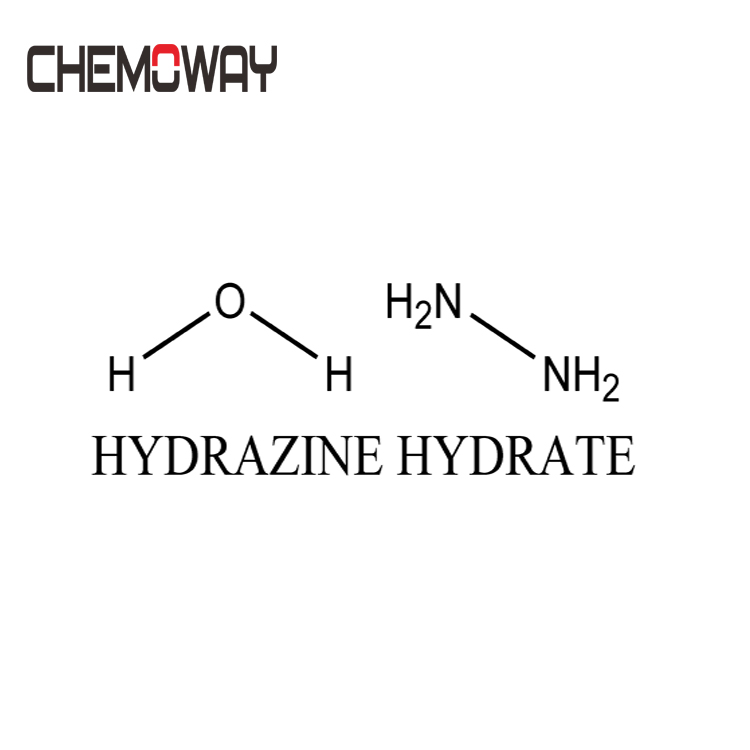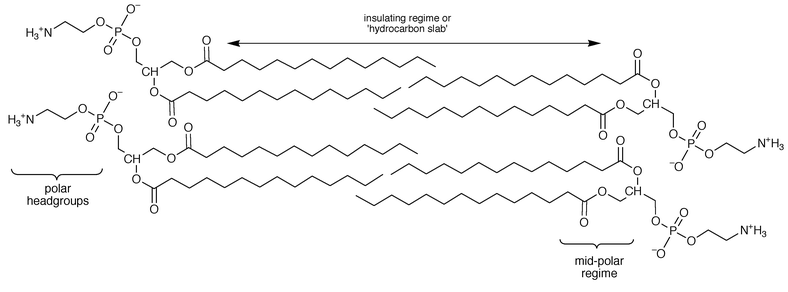
In this study, a novel coumarin-derived fluorescent probe containing a 1,4-enedione moiety for hydrazine detection was developed. Molecular Weight 32.1 Boiling Point 236☏ Freezing Point 36☏ Solubility Miscible Vapor Pressure 10 mmHg Ionization Potential 8.93 eV Specific Gravity 1.01 Flash Point 99☏ Upper Explosive Limit 98 Lower Explosive Limit 2. The 1- (2-aminophenyl)methyl-1-phenylhydrazines ( 38 ), prepared from phenylhydrazine and 2-nitrobenzyl chloride, readily cyclized with either triethyl orthoacetate or orthopropionate in refluxing glacial acetic acid to give the 4,5-dihydro-3 H -1,3,4-benzotriazepines ( 39) (ca. Hydrazine is a widely used but highly toxic chemical reagent, and the development of a fluorescent probe for hydrazine detection is very meaningful. 1 1 9 7 7, 1393) who suggested that hydrazine was molecularly adsorbed at these conditions. Physical Description Colorless, fuming, oily liquid with an ammonia-like odor. This value is in agreement with that found by previous investigators (M.H. While the pressure of hydrazine over metallic copper could significantly increase the measured N:Cu ratio, the N l s spectrum could not be used to distinguish between the various adsorbed components which yielded only a single peak spectrum at a binding energy of ∼400 eV. Gas phase and adsorbed species were readily discernible based on the values of their observed N 1 s photoemission peaks at 406 and 400 eV, respectively.

I n s i t u XPS observations of reduced copper surfaces at temperatures of 295 K indicated that two types of adsorption occurred: (i) an irreversible component which could not be removed by extended vacuum pumping and provided a N:Cu atomic ratio of 0.28 and (ii) a reversible component which increased the measured N:Cu ratio to ∼0.60 at hydrazine pressures up to 0.5 Torr. Symptoms of acute (short-term) exposure to high levels of hydrazine may include irritation of the eyes, nose, and throat, dizziness, headache, nausea, pulmonary edema, seizures, and coma in humans. Another application is catalytic decomposition of hydrogen peroxide. It also is used with methanol as a propellant for rocket engines. The kinetics of this reaction, as monitored by the rate of change of the shakeup feature which accompanies the CuO spectrum at 943 eV, proceeded with a measured activation energy of 35±4 kJ/mol and a preexponential factor of 10 3.3☐.7/s. Hydrazine 302-01-2 Hazard Summary Individuals may be exposed to hydrazine in the workplace or to small amounts in tobacco smoke. Hydrazine hydrate is used as a reducing agent in synthetic and analytical reactions and as a solvent for many inorganic compounds. Reduction kinetics, continuously measured at the surface using i n s i t u x‐ray photoelectron spectroscopy (XPS) at hydrazine pressures of 6×10 − 3 Torr and temperatures from 295 to 381 K, indicated that the reaction was first order with respect to CuO. CuO surfaces exposed to hydrazine at ∼10 − 6 Torr could be reduced to the metallic state at room temperature.

Among the first row transition metal oxides from V 2O 5 to ZnO, CuO was found to be the most easily reduced by hydrazine.


 0 kommentar(er)
0 kommentar(er)
